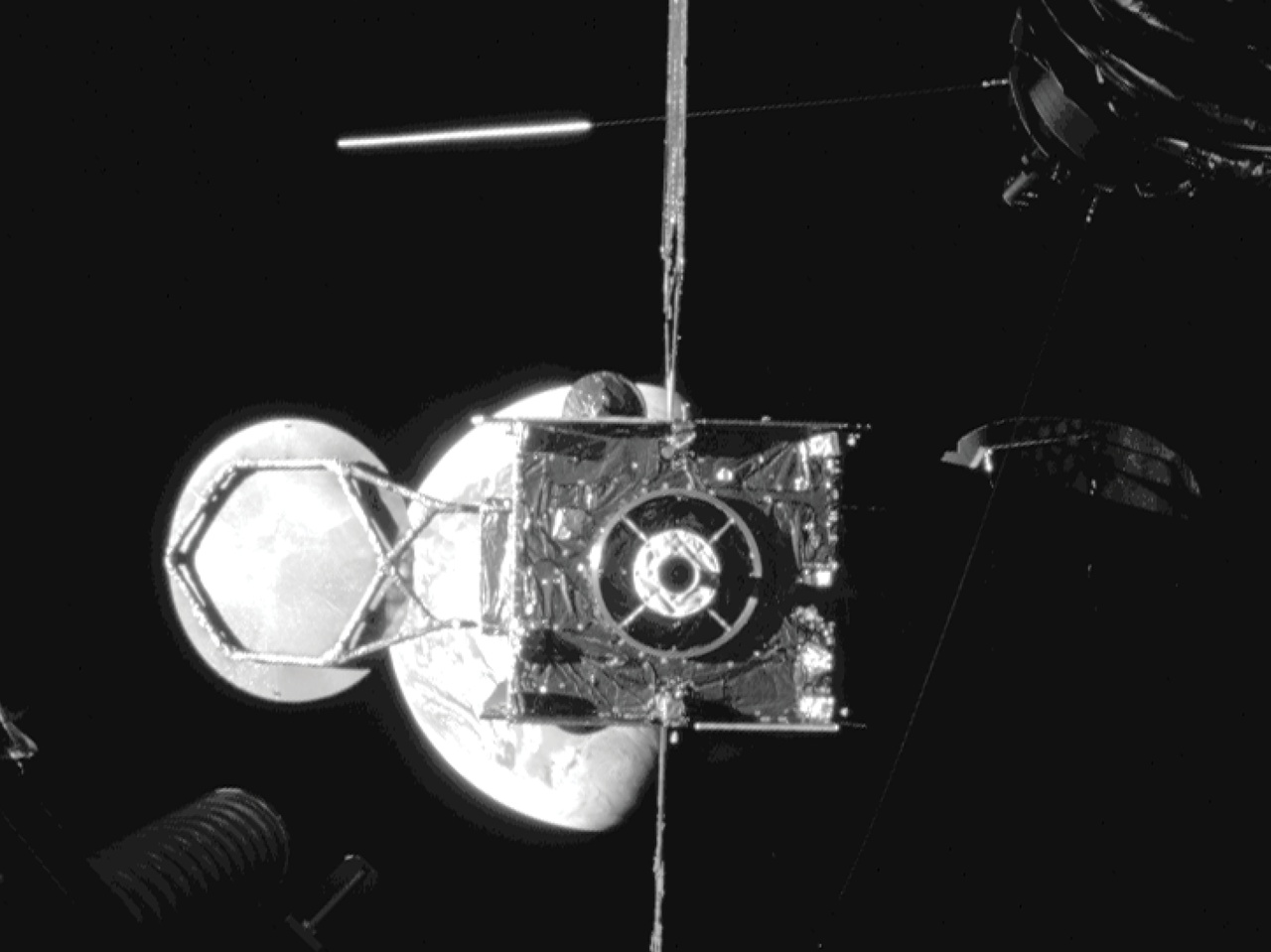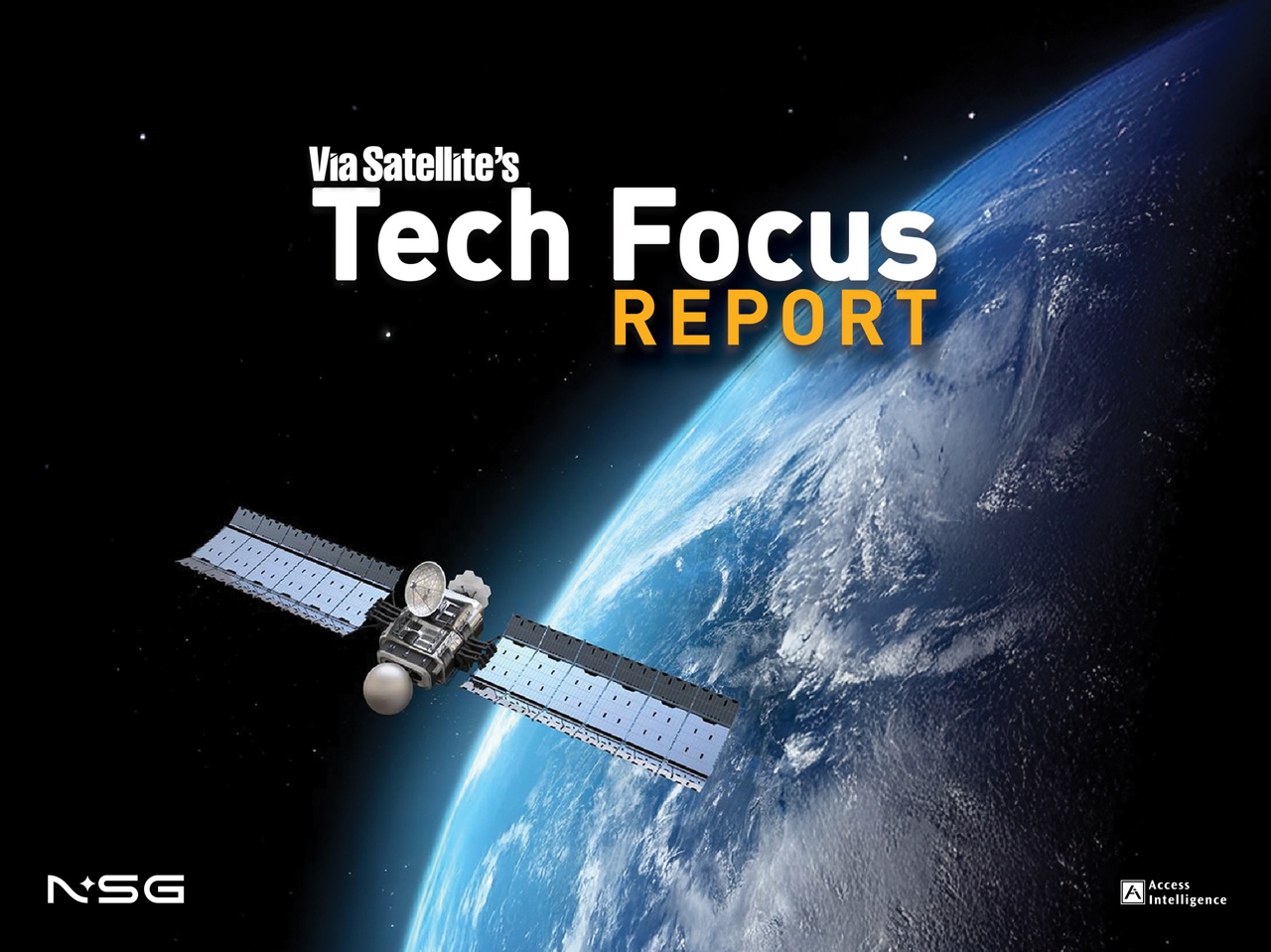
NTN’s New Power Player: Is China Aiming to Take the Lead in Space-Based Connectivity?
China is rapidly accelerating its space-based ambitions, strategically investing in a hybrid NTN architecture.August 25th, 2025As satellite connectivity becomes a cornerstone of global telecoms infrastructure, China is rapidly accelerating its space-based ambitions through a wave of mega-constellation deployments.
Leading this charge is Spacesail's Qianfan constellation, with 90 satellites already in orbit and plans for a fleet of 15,000 satellites. China Satellite Network, the operator behind the Guowang/Xingwang constellation, has 34 active satellites and a blueprint for 12,992 in total. Meanwhile, Hongqing Technology is preparing to enter the race with its Honghu-3 constellation, targeting 10,000 satellites, although none are yet in orbit.
In 2025, satellite networks are no longer just about extending coverage — they’ve become tools of geopolitical strategy, emergency resilience, and global market expansion. According to ABI Research, China accounts for 9 percent of total active satellites in orbit in 2024, with this share expected to grow as the country stays on track with its planned satellite launches. However, that progress appears to be facing some challenges. Spacesail, for example, has set a goal of deploying 600 operational satellites by the end of 2025 to support global services and begin commercial trials. At the current rate of launch, it is estimated that the actual number of satellites in orbit will reach 180 by the end of 2025.
Overview of Chinese Satellite Network Programs
China’s Space Silk Road: This initiative represents the space-based extension of the broader Belt and Road Initiative (BRI), encompassing satellite communications, navigation, and positioning services. At its core is the BeiDou Navigation Satellite System, which currently operates 45 satellites and is supported by a network of 120 ground stations, providing critical infrastructure for regional connectivity and geospatial services.
Shanghai Action Plan to Promote Commercial Aerospace Development and Create a Space Information Industry Highland (2023 – 2025): The initiative aims to establish production capacity for 50 commercial rockets and 600 satellites annually by 2025, accelerating the advancement of integrated satellite technologies across communications, navigation, and remote sensing. As part of this vision, the city plans to develop dedicated hubs for satellites and launch vehicles, focusing on enhancing core capabilities in rocket launches, satellite manufacturing, and ground segment infrastructure.
Beijing Action Plan for Accelerating the Innovation and Development of the Commercial Space Industry (2024 – 2028): This action plan outlines 18 targeted policy measures designed to cultivate a dynamic commercial space ecosystem in the city over the next five years. Among its key initiatives is the creation of “Beijing Rocket Street,” which includes the development of a Reusable Rocket Technology Innovation Center, slated for completion by the end of 2025.
In addition to accelerating its domestic space sector, China has taken an increasingly active role in shaping global space governance through a growing network of international partnerships. Over the past 8 years, it has signed at least 46 cooperation agreements with 19 countries and 4 international organizations, underscoring its commitment to fostering global collaboration in space exploration, technology, and policy.
Emerging Trends in China’s Satellite Ecosystem
As China positions itself as a rising global space power, the convergence between satellite operators and telco providers is accelerating, driving a strategic shift toward direct-to-cellular (D2C) connectivity and non-terrestrial network (NTN) innovation. D2C refers to satellite technology that allows smartphones to directly connect to satellites for voice calls, text messaging, and eventually data services in areas without cellular coverage from terrestrial networks.
According to ABI Research, D2C connections in the Asia-Pacific region are expected to increase from 0.49 million in 2024 to 36.16 million in 2032, at a compound annual growth rate (CAGR) of 58.3 percent. This shift will unlock new application frontiers and reshape the competitive dynamics of space-enabled communications.
Integration into China’s 5G and 6G Roadmap
China is strategically investing in a hybrid NTN architecture that integrates Low-Earth Orbit (LEO) satellites, high altitude platforms (HAPs), and unmanned aerial vehicles (UAVs) as complementary layers to its terrestrial wireless infrastructure. This approach does not merely extend coverage to rural and remote areas, but it reflects a broader ambition to deliver seamless connectivity across dynamic, mobile, and data-intensive environments. China is positioning NTN as a foundational enabler for applications such as real-time remote monitoring, augmented reality (AR)/virtual reality (VR)-enabled industrial systems, autonomous mobility, and mass-scale Internet of Things (IoT) deployments.
According to ABI Research, satellite IoT connections in the Asia-Pacific region (both China and abroad) are projected to grow from 2.19 million in 2024 to 7.70 million in 2032, at a CAGR of 17.8 percent. This growth is largely driven by the land mobile operational domain, which supports real-time tracking, monitoring, and communications for moving vehicles and assets — particularly within the automotive and consumer device markets.
Building a Multi-Orbit NTN Stack
China is actively developing a multi-orbit NTN architecture, expanding its satellite capacity across Geostationary Earth Orbit (GEO), Medium Earth Orbit (MEO), and LEO layers to serve distinct technical and strategic functions. While the GEO-based Tiantong-1 system offers a stable platform for narrowband services such as voice and messaging, particularly for remote or emergency applications, additional layers of connectivity will come with the deployment of LEO constellations Guowang, Qianfan, and Honghu.
These networks are designed to deliver high-throughput, low-latency connectivity, targeting use cases such as broadband backhaul, real-time industrial IoT, and edge-compute augmentation. These capabilities are foundational to China's long-term 6G ambitions, where seamless integration of terrestrial and non-terrestrial layers will be essential — not only for technical performance, but also to offer differentiated services tailored to specific regional needs, use cases, and economic contexts.
Technological Advancements
As competitive pressures intensify among satellite network operators, each player is accelerating technological innovation to secure a strategic position in a fast-moving market. Technological advancements like software-defined payloads, inter-satellite laser links, onboard artificial intelligence (AI), and quantum-secure communications are no longer just engineering milestones—they're becoming strategic differentiators in the global NTN race. In China’s context, Spacesail’s first-gen Qianfan satellite can utilize 100 gigabits of intersatellite throughput to provide 20 megabits of download speed and 5 megabits of upload speed for a cell phone.
Emerging Commercial Space Players
Although China’s space industry is predominantly government-driven, a growing number of commercial players are emerging and gaining visibility. These companies operate across diverse sectors such as satcom, launch services, remote sensing, and the IoT. Notable examples include GalaxySpace, which manufactures LEO satellites for commercial applications like satellite Internet; Commsat, offering LEO satellite products and services; Tianqi, providing IoT communication constellations; Geespace, involved in developing, launching, and operating LEO satellites; LandSpace and Galactic Energy, both commercial space launch providers; and Chang Guang Satellite Technology, specializing in remote sensing satellites.
The trend points to a growing number of commercial space companies emerging in China. Additionally, proactive government support and increasing investment in the commercial space sector are fueling innovation and lowering entry barriers. This ecosystem expansion is expected to accelerate commercialization across satellite manufacturing, launch services, and downstream applications, driving more startups and private enterprises to join the space race.
Possible Challenges in the Competitive Landscape
Although it seems that the space industry in China is scaling rapidly, it still faces challenges and limitations as a state-dominated ecosystem with limited market autonomy: Many of China’s commercial space companies remain heavily reliant on government contracts, policy support, or indirect subsidies from state-affiliated investment funds. This dependency limits their strategic autonomy and, more importantly, constrains their ability to scale internationally. For example, GalaxySpace, despite being positioned as a private-sector innovator, has received substantial funding from state-affiliated capital and remains closely aligned with national strategic goals, particularly around sovereign broadband infrastructure and domestic LEO deployments.
The market also has limited scalability compared to international firms. While China is making significant strides in satellite innovation, international firms like SpaceX, Project Kuiper, and AST SpaceMobile are scaling faster and more globally. In contrast, China faces limitations in global market access, as most of its commercial satellite operators are primarily confined to countries aligned with the BRI.
Conclusion
With Spacesail’s LEO broadband constellation, Tiantong-1’s GEO-based messaging and voice, and BeiDou’s positioning services, the building blocks of China’s space-augmented 5G/6G ecosystem are already in motion. It’s clear that China’s satellite strategy is not only vertically integrated, but strategic. It is increasingly evident that China’s rapid buildup of its space infrastructure is not solely for commercial gain — it is also a strategic play to assert soft power across multiple domains.
From resilient positioning systems, to embedding satellite services in consumer technologies like smartphones, drones, and connected vehicles, China is laying the groundwork for space to become a core connectivity pillar. If China can overcome bottlenecks in manufacturing, launch infrastructure, and regulatory alignment, it could become a major player in the space economy. VS
Rachel Kong is a research analyst with the Space Tech team at ABI Research, specializing in the APAC region as well as Earth Observation and remote sensing technologies









